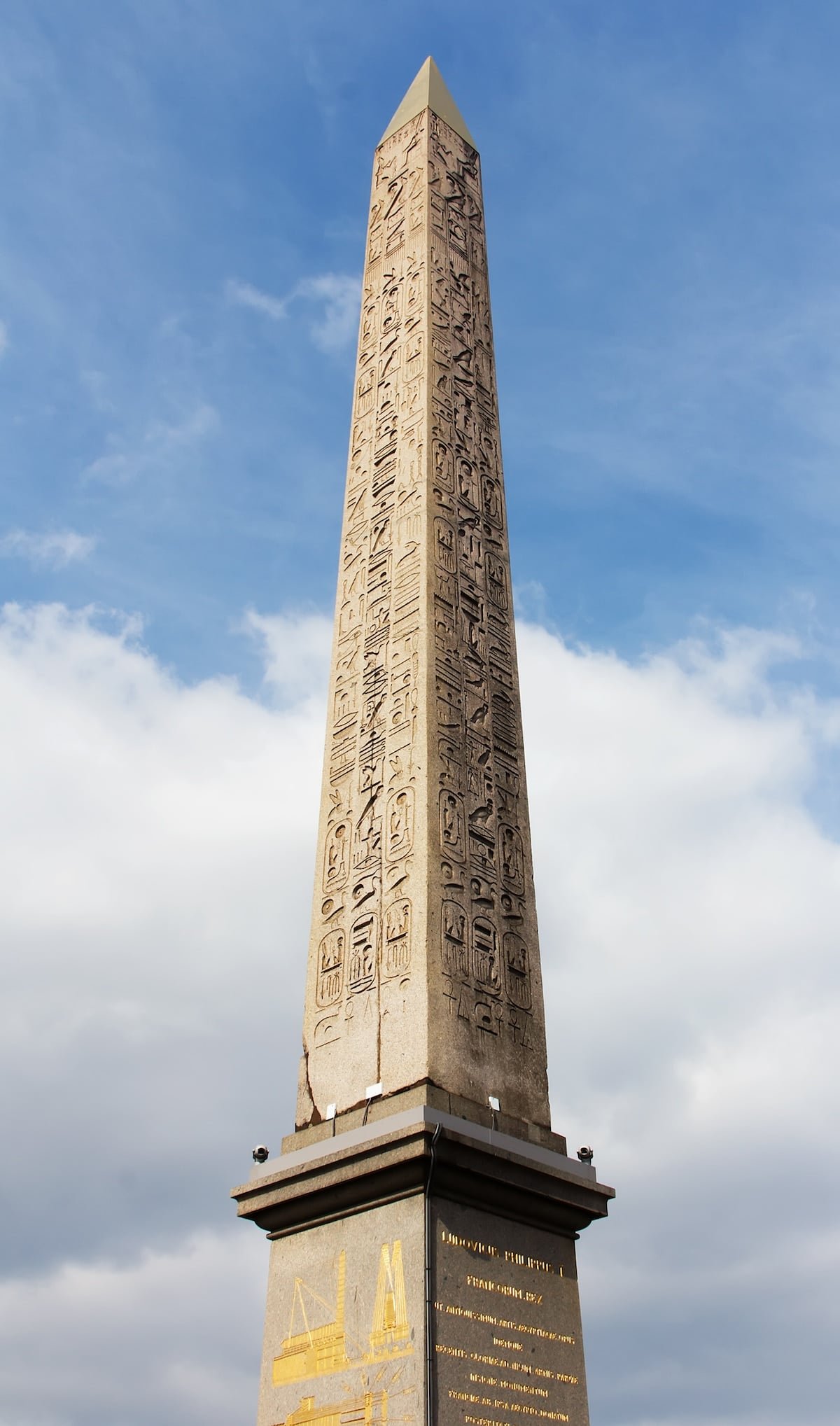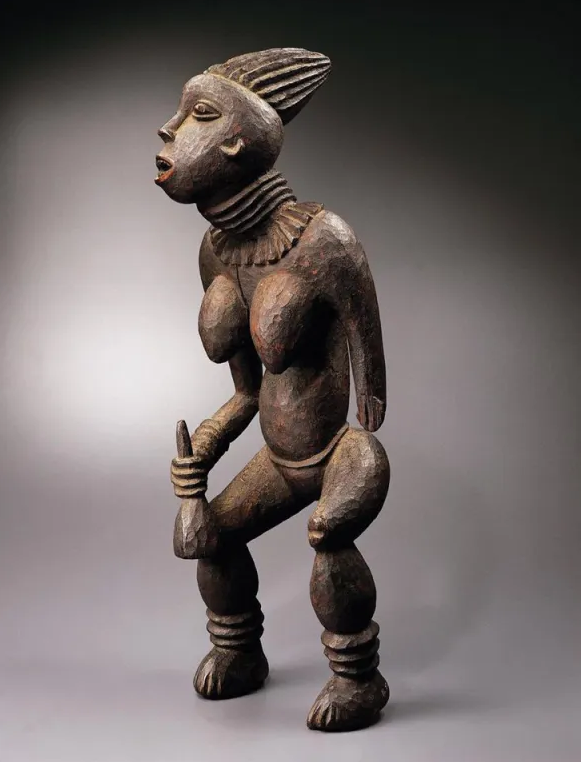The footage, titled Sleight of Hand, is now part of his master’s thesis exhibition at Goldsmiths, University of London. Sartuzi argues that his action did not violate the museum’s policies or the Theft Act of 1968, highlighting that his work is a critique of the colonialism and imperialism of “universal museums”. The only coin of British origin on display was chosen to emphasize this criticism.
Despite the museum’s statements about the breach of trust, Sartuzi defends his work as a form of engagement with history and a provocation about the role of museums in modern society. In an interview with Hyperallergic, he expressed that his work “opens up a discussion about theft and looting, both in historical context and from a neocolonial perspective within contemporary cultural institutions.”

British Museum
Museums worldwide hold numerous artifacts taken from their countries of origin during colonization or conflict. However, several international conventions have been created since the 1950s to safeguard cultural heritage and combat illicit trade, the restitution of many historical objects is increasingly urgent, sparking debates on justice, cultural heritage, and museum responsibilities. The British Museum, in particular, faces growing pressure to repatriate famous acquisitions like the Rosetta Stone and the Parthenon Marbles.
Historical cases of appropriation
Luxor Obelisk
During the reign of Charles X (1824-1830), the viceroy of Egypt, Mehmet Ali, learning of the French king’s passion for Egyptian antiquities, saw an opportunity to form a diplomatic and military alliance with France against the threat of England. To win Charles X‘s favor, Mehmet Ali offered exotic and original gifts: among them the Obelisk of Luxor, which was installed in 1836 in Place de la Concorde during the reign of Louis Philippe I (1830-1848).

Luxor Obelisk
In 2021, the parade on the Avenue of the Sphinxes in Luxor, Egypt, reignited the debate about the return of the Luxor obelisk to Paris. Although the obelisk was gifted to France, many Egyptians count its presence in Paris, on the Place de la Concorde, as a significant cultural loss.
Although Egypt has campaigned for the return of ancient artifacts, most of the treasures remain in foreign institutions. Returning contracts from Egypt would face complex legal challenges, especially considering that many of the objects were removed before the adoption of international protection laws.
Egypt’s Campaign to Reclaim Artifacts
Despite the challenges, Zahi Hawass, former Egyptian Minister of Antiquities, is intensifying his campaign to return artifacts like the Rosetta Stone, the Bust of Nefertiti, and the Dendera Zodiac from European museums. He believes their return will restore their original context and enhance Egypt’s appreciation of its cultural heritage.
The Dendera Zodiac ceiling dating from 50 BC is currently part of the Louvre Museum. This sandstone ceiling, was discovered in 1799 by French archaeologist Vivant Denon and transferred to Paris in 1822.

The Zodiac of Dendera
The Louvre, British Museum, and Neues Museum have criticized the restitution campaign for artifacts. A spokesperson for the British Museum argues that these items, including the Rosetta Stone, are valuable for research and world history. Despite this, Hawass and supporters emphasize their cultural and historical significance to Egypt.
The friezes of the Parthenon
The Parthenon Marbles, also known as Elgin Marbles, were taken from Greece in the early 19th century by Thomas Bruce, the Earl of Elgin, who was the British ambassador to the Ottoman Empire. Elgin negotiated with Ottoman officials, who ruled Greece at the time, claiming he wanted to protect the sculptures from war and looting. The transfer process took nearly four years and caused significant damage to some pieces. The initiative faced criticism from several figures, including the poet Lord Byron, who labeled Elgin a “vandal.”

Parthenon friezes
Historians note contradictions in Elgin’s claims of preservation. Despite stating the pieces would be appreciated globally, he initially placed them in his home. The high transfer costs and a divorce bankrupted him, leading to the sale of the sculptures to the British Museum in 1816 for $438.000. The sculptures have been on display there since 1839.
After gaining independence in 1832, Greece sought to recover its relics. In 1983, Culture Minister Melina Mercouri formally requested the return of the Elgin Marbles. Despite Greece’s efforts, the British Museum insists they were legally acquired. Greece continues to pursue diplomatic solutions, proposing work exchanges with the museum.
Cases of repatriation
Tupinambá Mantle Returns to Brazil
In recent years, indigenous leaders have stepped up efforts to repatriate historical artifacts taken abroad during periods of colonization. This movement seeks historical and cultural justice and appreciation of the heritage of indigenous peoples and other local cultures.

Tupinambá Mantle
In September 2022, Glicéria Tupinambá, an anthropologist and leader of the Tupinambá people, encountered the Copenhagen cloak for the first time. This cloak is considered the best-preserved among the 11 cloaks housed in European museums.
The donation, formalized in July 2023, resulted from a two-year negotiation involving the National Museum, the Brazilian Embassy in Denmark, Itamaraty and indigenous leaders including Glicéria and Cacique Babau. The sacred artifact, made up of red feathers and natural fibers, were donated to the National Museum of Brazil, whose collections were destroyed by fire six years ago. The cloak is of great cultural and spiritual importance for the Tupinambás, used in rituals by indigenous leaders.
In addition to the repatriated cloak, other Tupinambá cloaks are in institutions such as the Musée du Quai Branly – Jacques Chirac, the Musées royaux d’Art et d’Histoire, the Museo di Antropologia ed Etnografia, the Museum der Kulturen Basel and the Pinacoteca Ambrosiana. On March 5, 2024, Glicéria Tupinambá sent a letter to all these institutions requesting the repatriation of the remaining cloaks, seeking to restore the cultural heritage of the Tupinambás and strengthen the preservation of their traditions and history.
Peru recovers more than 4,000 historical artifacts
In March 2024, Peru’s Ministry of Foreign Affairs announced the return of over 4,000 historical artifacts, including textiles, ceramics, and clothing, from the US and several European countries. This achievement highlights Peru’s dedication to preserving its cultural heritage.

Recovered Inca ceramics
Among the highlighted items is the return of 4.556 objects from the collection of renowned American archaeologist John Rowe and 33 pieces from the Nazca, Wari, Inca, Paracas and Chimú cultures from across Italy. Additionally, Portugal returned an 18th or 19th century silver censer and Germany and the Netherlands contributed to the repatriation of archaeological items, while Switzerland returned four pieces of pre-Hispanic pottery.
At a ceremony, Peruvian Foreign Minister Javier González-Olaechea celebrated the recovery of over 7.000 artifacts since 2019, marking Peru as a leader against cultural trafficking. Minister of Culture Leslie Urteaga emphasized the significance of this achievement for Peru’s national identity.
Cultural Heritage at Auctions

The acquisition of works of art in questionable or illegal contexts is a practice that raises ethical and legal questions about the appropriation and commercialization of cultural heritage. Although some artworks were purchased through auction houses or privately by museums, these institutions generally implement strict measures to protect their processes and ensure compliance with international laws. Provenance checking is crucial in seeking to avoid transferring artifacts from their original contexts to private and public collections inappropriately.
International conventions play a key role in safeguarding cultural heritage and combating illicit trade. The 1970 UNESCO Convention focuses on preventing illegal trade in cultural goods, the 1972 UNESCO Convention emphasizes the protection of world cultural and natural heritage, the 1954 Hague Convention addresses the protection of cultural property during armed conflict, and the 1995 Washington Convention targets the suppression of illicit trade in cultural property. Although these conventions were established decades ago, they remain vital, underscoring the need for ongoing updates.
To address contemporary challenges in the art market, museums and auction houses have implemented mechanisms to ensure the provenance of artworks. An important example is the Art Loss Register (AR), an international database of lost and stolen works of art, founded in 1990. AR allows owners, galleries, museums and insurance companies to register stolen items to increase the chances of recovery. In addition, collectors, dealers and auction houses can check the provenance of works before buying them, helping to prevent the acquisition of stolen art.
Despite efforts to prevent illegal transactions, some cases of transactions with questionable origins still occur. These examples highlight the continued need for rigorous surveillance in the art market.
US Auction Attempt Reveals Stolen Peruvian Paintings
Two 18th century religious paintings, Flight to Egypt and The Pilgrim Virgin, stolen from La Nuestra Senora de la Asuncion church in Puno, Peru, have been recovered after being identified at an auction in New York. The theft, which took place in 2012, led to an investigation by the Manhattan District Attorney’s Antiquities Trafficking Unit in 2023, after the works were listed for auction at Doyle New York in October 2023.

The Holy Family on the Run to Egypt
The paintings, estimated at between $7.000 and $12.000, were recognized by Peruvian journalist David Hidalgo of Ojo Público, who alerted the authorities. Withdrawn from sale days before the auction, they were repatriated to Peru with the support of HSI New York and the Peruvian authorities, underlining international cooperation in the protection of cultural heritage.
The Queen Bangwa sculpture
The sculpture Queen Bangwa, originally from the Grassfields region of Cameroon, became notorious in the USA and Europe, partly due to its controversial history and its association with the collector Helena Rubinstein. Photographed by Man Ray and exhibited in renowned institutions such as MoMA and the Met, the piece arrived in Europe between 1897 and 1899, going to the Museum für Völkerkunde in Berlin. How it was acquired, whether handed over to a German agent or looted, remains unclear.

The Queen Bangwa
The sculpture remained in the museum until 1926, when it was sold to an art dealer and then acquired by Helena Rubinstein in the 1930s. In 1966, Rubinstein‘s collection was sold at Sotheby’s Parke Bernet, and Californian collector Harry A. Franklin bought the piece. Franklin auctioned it in 1990, when it was bought for $3.4M by the Dapper Foundation, which still owns the work.
Recently, the sculpture came back into the spotlight because the Bangwa people began to demand its return, fearing that it could be auctioned off again. The Dapper Foundation, which closed its museum in Paris in 2017, declared in 2018 that the work would continue to be shown in exhibitions around the world.
A growing movement
In 2017, French President Emmanuel Macron promised to permanently return African heritage held in France’s museums. In 2018, a report by Senegalese scholar Felwine Sarr and art historian Bénédicte Savoy recommended the return of African artifacts present in France. In June 2020, a bill began to fulfill this promise, allowing for the restitution of 26 artifacts from Benin and a historic sword from Senegal.

Emmanuel Macron
The global initiative has expanded: in March 2019, 16 European countries agreed guidelines for repatriating artifacts from former colonies, and the Institute of Art and Law in the United Kingdom is developing new guidelines for museums, due for release in autumn 2020.
The journey for cultural justice has just begun, and the world is taking important steps to right the wrongs of the past and reestablish historical legacies.